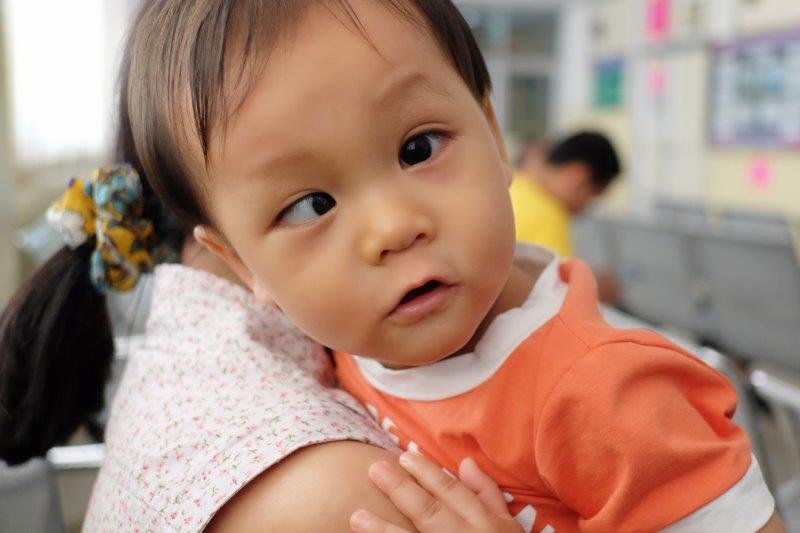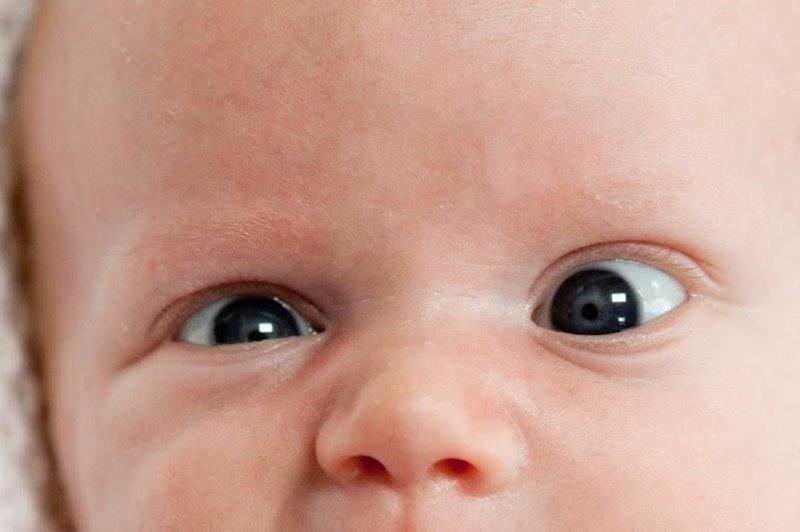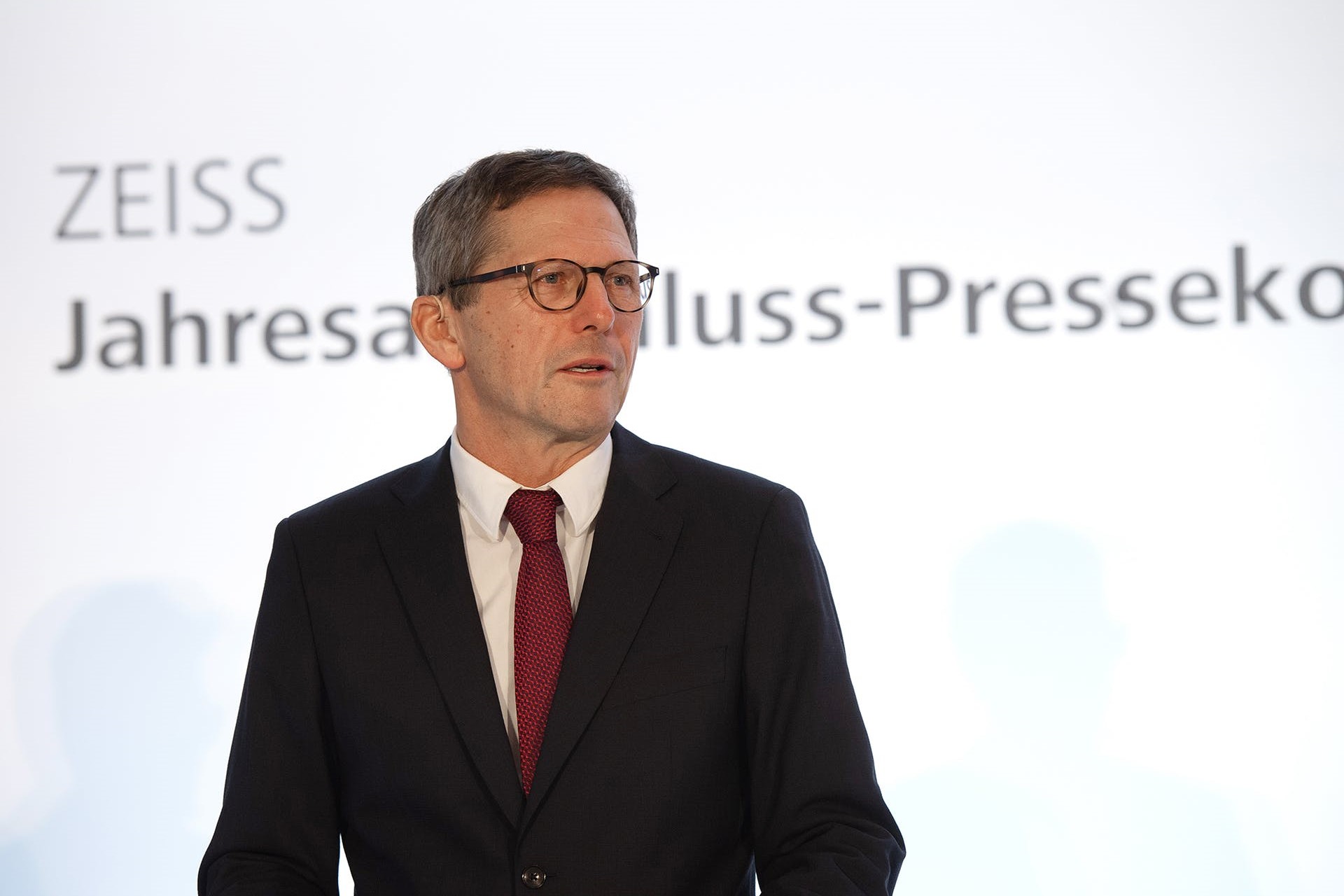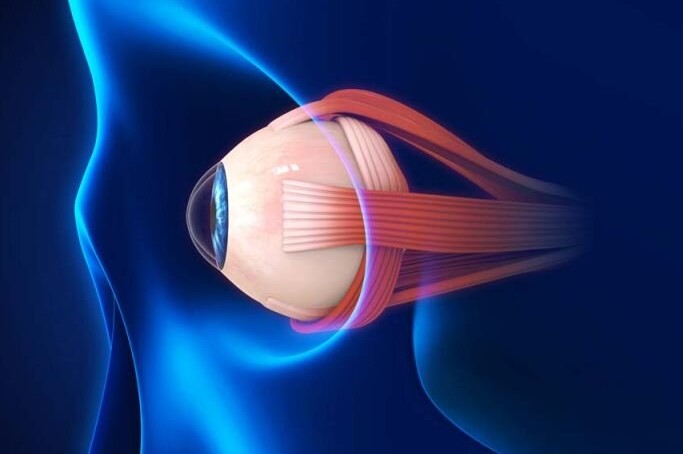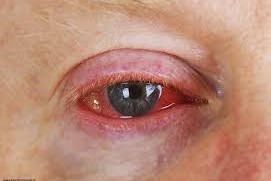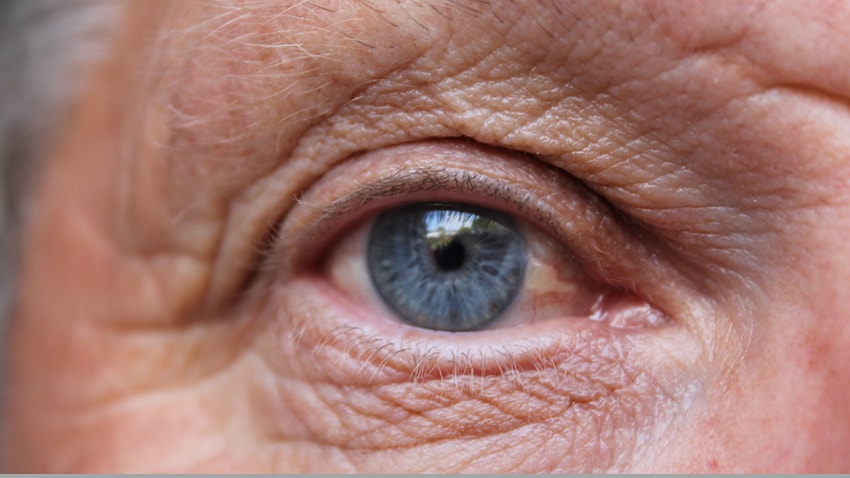Strabismus research review November 2024
Associations of strabismus surgery timing in childhood with mental health: a retrospective cohort study
Hidinger I, Kong L, Ely A
JAAPOS 2024;28:103929
Review: This multi-site retrospective cohort study utilised data from an international health research consortium holding the electronic medical records of 92 healthcare organisations. A total of 1,400 children were categorised into two cohorts: children diagnosed with strabismus less than or equal to six years of age at the time of their first strabismus surgery (n=700), and children who had strabismus surgery delayed for more than one year from the time of initial diagnosis and surgery performed at seven years of age or older (n=700). The main outcome measures included patient demographics, type of strabismus and mental health condition diagnosis (if applicable).
The study found children having strabismus surgery at a younger age had a lower risk of mental illness diagnosis compared to those in cohort two. There was no statistical difference between females with mental health condition diagnosis within either cohort; however, males in cohort one had a higher risk of receiving a mental health condition diagnosis. The type of strabismus was not found to be associated with mental health condition diagnosis, with the majority of diagnoses related to anxiety disorders, attention deficit hyperactivity disorder, conduct disorders and adjustment disorders.
Comment: This study is one of the few examining the associations between mental health and strabismus in childhood. Existing literature suggests negative attitudes toward strabismic children often emerge around age six, but few studies have explored the link between the timing of strabismus surgery and mental health condition diagnosis. The main limitation of this study is the retrospective nature, but other limitations include lack of categorisation of severity of strabismus and age of onset of strabismus. Nevertheless, this is an important study identifying an increased risk of mental health condition diagnosis received by children following delayed strabismus surgery.
Comparison of anterior segment OCT and ultrasound biomicroscopy in localising horizontal rectus muscle insertions
Duan R, Yang J
Eur J Ophthalmol. 2024;34(3):656-665
Review: This is a single-site, prospective observational study involving patients undergoing primary strabismus surgery, with 85 muscles of 40 patients included. The main outcomes were measurements between limbus and extraocular muscle insertion using intraoperative caliper, anterior segment optical coherence tomography (AS-OCT) and ultrasound biomicroscopy (UBM). Clinically acceptable measurements were determined to be within 1mm of intraoperative caliper measurement.
Both non-invasive imaging modalities correlated well with intraoperative caliper measurements at the beginning of strabismus surgery (AS-OCT 89%, UBM 81%). A trend was observed towards better correlation between lateral rectus muscle measurements than medial rectus muscle measurements for both modalities.
Following strabismus surgery, both imaging modalities demonstrated moderate consistency in intraoperative measurement, with 67% of AS-OCT and 59% of UBM measurements falling within the clinically acceptable limit.
Interestingly, this study reported UBM could detect absorbable sutures at muscle attachment sites in eight of the 48 operated lateral rectus muscles and seven of the 37 medial rectus muscles, but this was not observed with AS-OCT.
Comment: This is an interesting study demonstrating the utilisation of ancillary tests for determination of extraocular muscle position for surgical planning prior to strabismus surgery, negating the need for costly MRI scans. However, the main utility of imaging to determine extraocular muscle position is with recurrent strabismus following surgery looking for stretched scar/slipped muscle. This study found that both imaging modalities were only successful in accurately determining postoperative muscle position in 67% and 59% of cases using AS-OCT and UBM, respectively. Despite the moderate success rate of AS-OCT and UBM in determining extraocular muscle positions, there may still be a role for preoperative MRI in patients where AS-OCT and UBM are insufficient.
Combining Fresnel and block prisms to measure large angles of strabismus deviation
Yaida M, Fujii S, Sun W, Mito Y, et al
JAAPOS 2024;28:103961
Review: This study investigated a method for measuring large angles of strabismus deviation using a green 532nm laser pointer setup, prisms and a tangent screen placed on an optical bench. The setup involved placing a prism (block, or a combined Fresnel and block) placed 2cm away from the laser pointer with the resultant tangent screen being 100cm away from the prism. Prisms were placed in the frontal plane position and deviation of the laser spot induced by the prism(s) was compared with the original laser spot location without a prism. Initial measurements used block prisms, followed by Fresnel prisms stuck on the back surface of the block prisms. A total of 71 measurements were completed.
The observed deviation in prism dioptres was found to not match the arithmetic sum of the labeled prisms, indicating an additivity error. This error increased with larger amounts of prisms combined, up to a maximum additivity error of 66 prism dioptres (30^+50^ combination). The publication included a table that helps correct these additive errors by translating the combined effect of Fresnel and block prisms.
Comment: Accurate measurement of strabismic patients is paramount to surgical success and effective disease monitoring. Large deviations, usually seen in paralytic strabismus, can often be challenging to measure. The study offers a practical method for accurately measuring angles of deviation >50^, using the provided correction table to account for errors. This allows for precise measurement of deviations up 156 prism dioptres.

Dr Cheefoong Chong is the co-chair of the New Zealand Eye Health National Clinical Network Childhood Expert Workstream. Specialising in paediatric ophthalmology and strabismus, he is an honorary senior lecturer at the University of Auckland. He is involved with the New Zealand National Retinoblastoma Service and is the co-director of training for RANZCO’s Education Committee in New Zealand.









